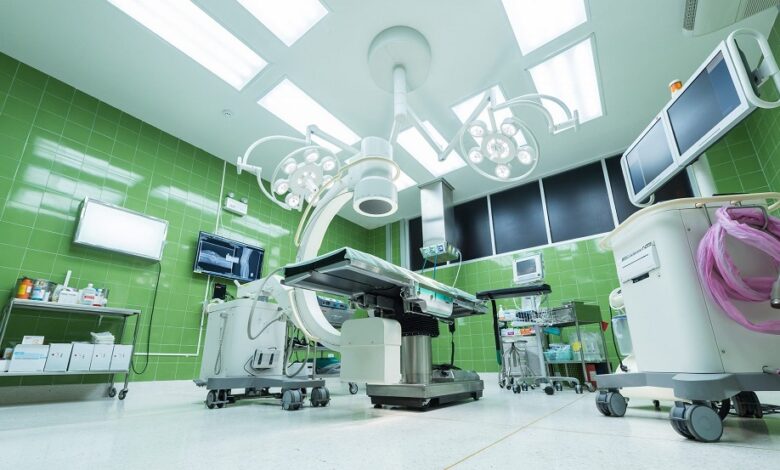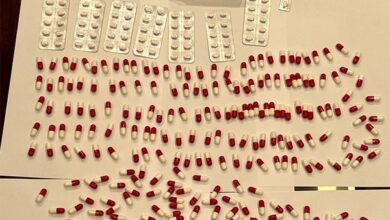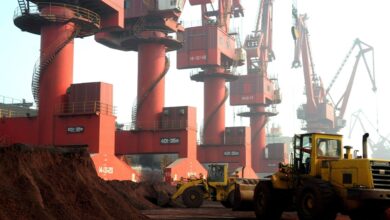
By Nurul Izzah Anwar
Special to The Times Kuwait
As the world grapples with the aftermath of the COVID-19 pandemic, accelerating climate change, wars, and genocide, many emerging economies find themselves left behind in their pursuit of equitable access to affordable, quality health care.
Indeed, nearly half of the world’s population lacks timely access to accurate and affordable medical diagnostics. In my home region of Southeast Asia, which has a population of nearly 700 million, out-of-pocket health-care expenditures are among the highest in the world. In eight of the ten ASEAN countries — Cambodia, Indonesia, Laos, Malaysia, Myanmar, the Philippines, Singapore, and Vietnam — these expenses accounted for more than 30 percent of all health-care spending in 2022, compared to the average OECD rate of 20 percent.
The COVID-19 pandemic has underscored the urgent need to improve pandemic preparedness and invest in the domestic production of diagnostics, therapeutics, and vaccines across Southeast Asia. When the pandemic erupted in 2020, Malaysia and other ASEAN countries faced a severe shortage of diagnostic reagents, most of which are imported. This, in turn, impeded the local development of rapid diagnostic test kits.
Similarly, most COVID-19 vaccines deployed by ASEAN countries had to be imported. But less than 10 percent of low- and middle-income countries were given access to these life-saving vaccines even after they became widely available in high-income countries. This is nothing short of a global scandal.
Even before the pandemic, ASEAN countries were grappling with the spread of infectious and non-communicable diseases, particularly cancer. While accurate diagnostics for infectious diseases are often expensive and depend heavily on imported inputs and equipment, advanced cancer therapeutics, such as monoclonal antibodies and other immunotherapies, remain out of reach for most cancer patients in the region.
Two years after the pandemic effectively ended, most emerging ASEAN economies still struggle to expand access to quality health care. This can be partly attributed to global monopolies and predatory pricing strategies driving up the cost of vital diagnostics and therapeutics.
To counter these strategies and ensure that communities across Southeast Asia and the entire Global South have access to life-saving diagnostics and treatments, ASEAN countries must harness their collective power. This requires a concerted effort by governments, academics, physicians, businesses, and civil-society organizations, as well as a clear roadmap for implementation.
One promising solution, proposed by South Korean economist Keun Lee, is technological leapfrogging. By developing and implementing strategic innovation policies, ASEAN economies could bypass older technologies and adopt the latest advances, especially in pharmaceuticals and medical devices, thereby improving access to critical treatments.
To be sure, this will require technology transfers. But these efforts must extend beyond ‘fill and finish’ facilities and end-stage assembly. New projects must contribute intellectual capital to local scientists, engineers, clinicians, and researchers, stimulate collaborative design, and foster equitable partnerships.
Malaysia provides a promising model for other ASEAN countries seeking diagnostic and therapeutic innovations to combat diseases like cervical cancer and hepatitis C. Since 2018, Malaysia has made significant strides in combating the human papillomavirus (HPV) by providing women with simple do-it-yourself test kits. This innovative program, led by the country’s ministries of health and women, family, and community development, along with local foundations such as ROSE, has increased cervical screening rates, particularly among under-tested women in rural areas.
In 2021, the health ministries of Malaysia and Thailand, in collaboration with the Drugs for Neglected Diseases initiative and industry partners from Malaysia and Egypt, developed ravidasvir, a groundbreaking hepatitis C drug that reduced the cost of a 12-week course of treatment from $80,000 to less than $500.
Malaysia is also spearheading efforts to develop point-of-care diagnostics and treatments for severe dengue fever, reflecting the country’s robust innovation ecosystem. Several organizations, led by Clinical Research Malaysia, the Institute for Medical Research, and the Institute for Clinical Research, have also established a platform for conducting clinical trials and applied research.
As part of Malaysia’s New Industrial Master Plan 2030, which designates pharmaceuticals and medical devices as two of the economy’s five ‘industrial pillars’ the Ministry of Science, Technology, and Innovation has partnered with tech incubators like the Malaysian Research Accelerator for Technology & Innovation to advance applied research.
Meanwhile, Malaysia’s newly formed International Affordable Diagnostics and Therapeutics Alliance (IA-DATA) aims to bring together stakeholders across ASEAN countries to address the health-care needs of low- and middle-income countries. By focusing on point-of-care diagnostics, drug repurposing, and innovative platform technologies, such as plant molecular farming, this initiative has the potential to reduce the costs of monoclonal antibodies and cancer immunotherapies.
Malaysia’s chairmanship of ASEAN in 2025 offers a unique opportunity to build robust infrastructure for affordable diagnostics and therapeutics. By fostering open collaboration, coordinated research and development, effective regulation, and unwavering government support for sustainable local manufacturing, we can achieve this ambitious goal and ensure more equitable access to quality health care across Southeast Asia.

Nurul Izzah Anwar
A former member of the Malaysian parliament, is a political activist.
Copyright: Project Syndicate, 2024.
www.project-syndicate.org













